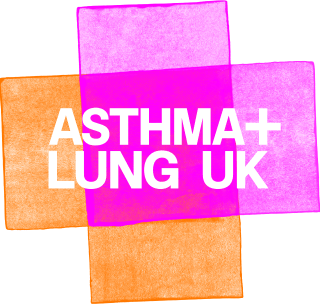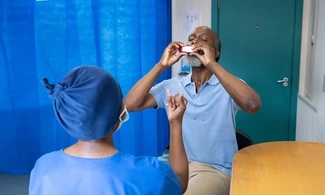We are calling on the Government to share the evidence behind any relaxing of COVID-19 measures and to explain how their plan will protect those with a lung condition.
Speaking up for people with a lung condition
We are concerned that the Government has not been fully considering the needs and concerns of people with lung disease. That’s why, along with 17 other charities, we have set ‘5 key tests’ the Government’s plan must pass to make sure those most at risk from COVID-19, including people with a lung condition, are well supported to live with COVID-19 now and into the future.
Our 5 tests for the plan
Our 5 tests the plan needs to pass are:
1. Directly address the concerns of people at highest risk and commit to improve communication with them.
The Government must explain to people with a lung condition why it is ok to end existing COVID-19 measures, what it means for their risk now and how they will be supported to manage that.
2. Smooth, timely access to COVID-19 treatments
Too many people struggle to get quick access to treatment to prevent them from getting very ill from COVID-19 and the Government must fix these problems. We are also calling on the Government to publish the evidence behind the criteria for who is eligible for these treatments and explain to people with lung conditions why they may not be eligible to receive them.
3. Lateral flow tests remain free
Access to free lateral flow tests is vital in helping people avoid COVID-19 infection.
4. Improve employment protection and support
People at high risk whose doctors advise them not to go into their workplace should have the right to work from home or financial support if that’s not possible.
5. Set out a plan for the use of preventative COVID-19 treatments and prioritise more research into treatments and vaccines
In the future, preventative treatments could reduce the risk of people at high risk catching COVID-19 in the first place.
You can read more about these 5 tests on the MS Society’s website.
Prioritise people with a lung condition
As well as the five tests, we also continue to call for the free flu jab list to be used to prioritise people with a lung condition, including those with asthma, for any future COVID-19 booster programmes.
For advice and information on reducing your risk of catching COVID-19 and staying well with your lung condition, visit our COVID-19 pages which we are keeping updated. Find out how to look after yourself if you have COVID-19.










